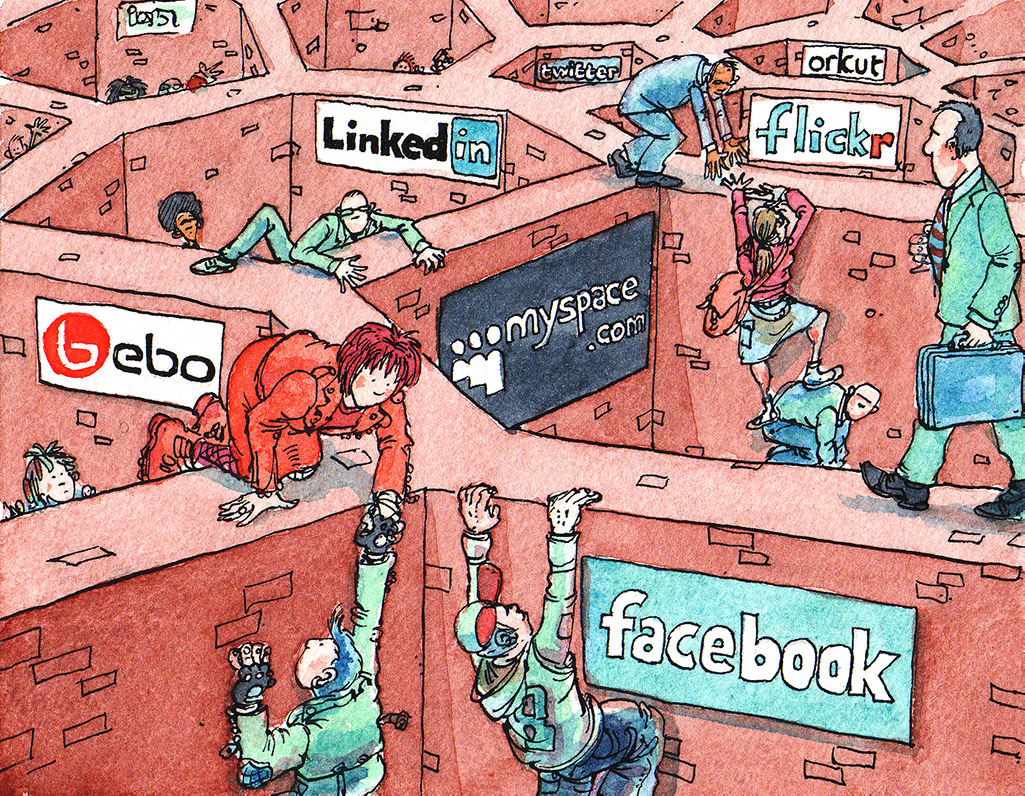With JSON-LD, every piece of data
{
"@context": "https://www.w3.org/ns/activitystreams",
"id": "#ruben-likes-semic",
"type": "Like",
"actor": "https://ruben.verborgh.org/profile/#me ",
"object": "https://www.semic2020.eu/#this ",
"published": "2020-10-06T08:00:00Z"
}
Data shapes and their semanticslayered compatibility .
{
"@context": "https://www.w3.org/ns/activitystreams",
"id": "#ruben-likes-semic",
"type ": "Like ",
"actor ": "https://ruben.verborgh.org/profile/#me",
"object ": "https://www.semic2020.eu/#this",
"published ": "2020-10-06T08:00:00Z"
}
Different source data
{
"@context": "https://www.w3.org/ns/activitystreams",
"@graph": [{
"type": "Like",
"actor": "https://ruben.verborgh.org/profile/#me" ,
"object": "https://www.semic2020.eu/#this",
"published": "2020-10-06T08:00:00Z"
},{
"type": "Like",
"actor": "https://example.org/people/seth#me" ,
"object": "https://www.semic2020.eu/#this",
"published": "2020-10-06T08:05:00Z"
}]
}
The best way to predict
Alan Kay
©2008 jeanbaptisteparis
The best way to invent
John Perry Barlow
©2007 Joi Ito
Let’s assemble the brightest minds
Tim Berners-Lee
© Vinayak Shankar Rao





![[photo of a ladder]](images/ladder.jpg)

![[photo of Alan Kay]](images/alan-kay.jpg)
![[photo of John Perry Barlow]](images/john-perry-barlow.jpg)